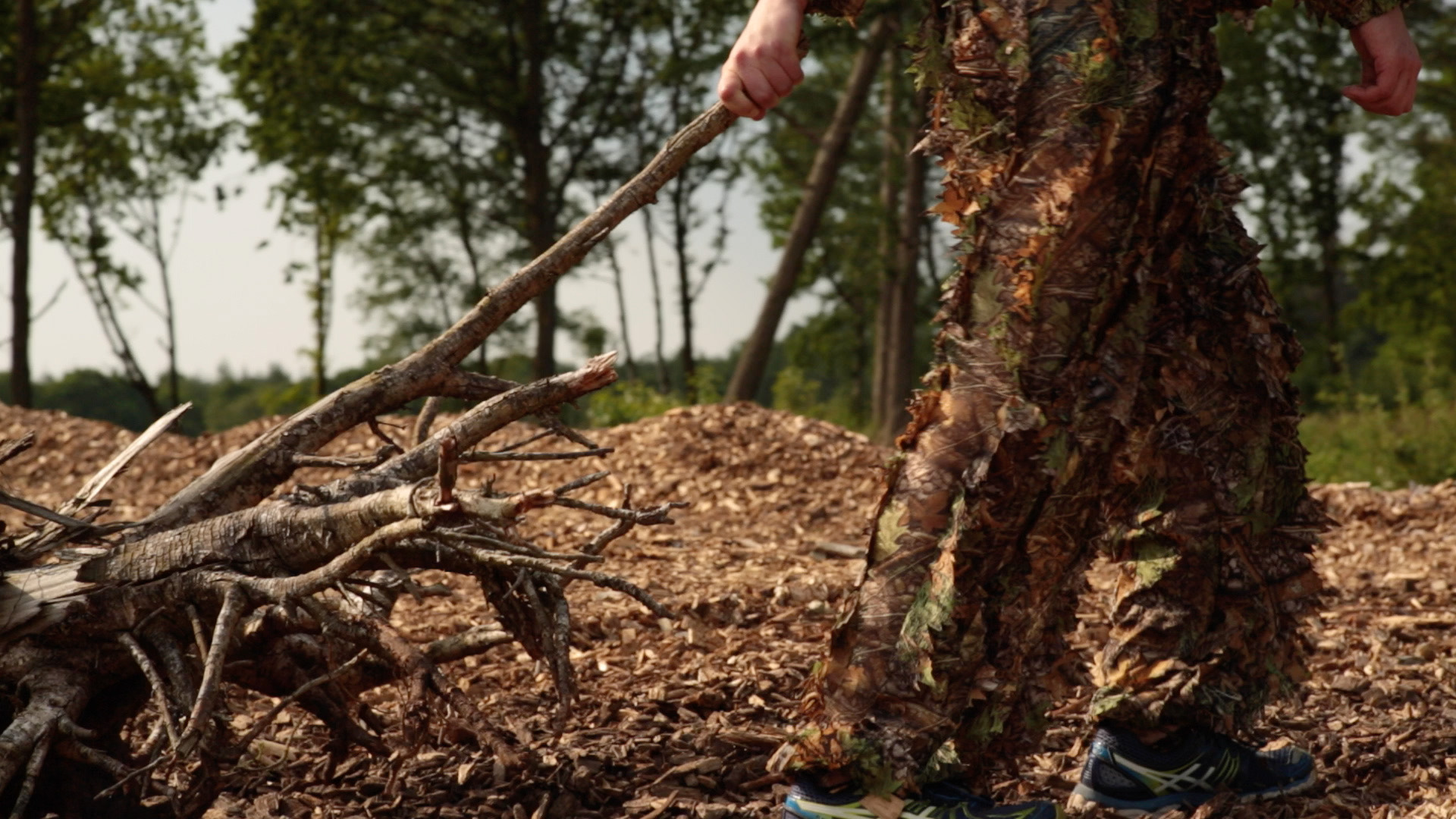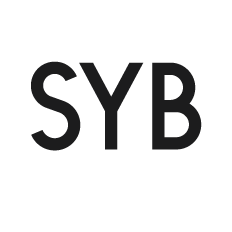15 May till 20 June 2015
AS THE LAKE SAID TO THE BOAT
Sjoerd Westbroek, Frans-Willem Korsten, Edward Clydesdale Thomson

Old Man [the sun] showed them the roots and the berries, and showed how to gather these, and certain times of the year they should peel the bark of some trees and eat it…
(Grinell, G.B. 1913. Blackfeet Indian stories. C. Scribner’s Sons, New York.)
For centuries, the inner bark of pine trees was an important source of nutrition during the last months of the harsh winters of Lapland. The Sami, the indigenous population of Northern Scandinavia, stripped the trees of their outer and inner bark, but always left behind sufficient cambium so as not to wound the tree too much. The resulting scars in the trunks can now be read as inscriptions that still speak to us as negatives of a daily act, centuries after being caused. The forests therefore play an almost religious role in the lives of many Swedes; if you want to be alone with something greater than yourself and the world around you, you head to the forest.
In the coming weeks at Kunsthuis SYB, artist Edward Clydesdale Thomson will investigate the areas of tension between different value systems such as the area between the spiritual experience of the Swedish forest and the economic value of the forest focused on optimal wood production. Arising in the area between such value systems is the complex political game that determines our relationship with our surrounding landscape.
During his stay in Beetsterzwaag, Clydesdale Thomson will enter into conversation with artist Sjoerd Westbroek and Frans-Willem Korsten, Extraordinary Professor in Film and Literature Studies. In As the lake said to the boat, the three will analyse our value systems by looking in particular at the areas between different value systems. As such, the primeval forests of remote Lapland will be connected to the artificially formed polder landscapes around Zeewolde, where a large series of landscape artworks emerged with plenty of idealism and ambition in the eighties and nineties. The sculpture park – which was called ‘De Kunstbaan’ (The Art Path) – now has a turbulent history with negligence by policy makers and the theft of artworks by locals. Sjoerd Westbroek has investigated the social ideals based on these now forgotten art plans and the future possibilities for what has remained. In conversation with Korsten and Clydesdale Thomson, Westbroek explores the areas of tension between the social democratic ideal of art as a contribution to the development of the people, the economic interests of the tourist industry and the individual, autonomous practise of the artists involved.
Edward Clydesdale Thomson, Sjoerd Westbroek and Frans-Willem Korsten met each other 8 years ago at the Piet Zwart Institute and have stayed in touch ever since. They exchange artworks and texts, respond to one another’s work and keep one another on their toes. In Beetsterzwaag, the friends will intensify their discussions with the aim of making a collaborative film in which the notion of ‘location’ is central. This film will be presented during the final presentation at Kunsthuis SYB (21 june). Edward Clydesdale Thomson will be present in Kunsthuis SYB during weekends to exchange thoughts with visitors about our relationship to specific locations and landscapes.
Edward Clydesdale Thomson (1982) is Scottish and Danish and lives and works in the Netherlands. He graduated with a Master’s Degree from the Piet Zwart Institute in Rotterdam and followed the BArch programme at Glasgow School of Art. From 2011 to 2012, he was a resident at the Rijksakademie van Beeldende Kunsten in Amsterdam; and in 2011 he won the Lecturis Award and was nominated for the Prix de Rome. Edward Clydesdale Thomson’s work was shown in the solo exhibition Causa Finalis (2012) at Galerie Fons Welters, Amsterdam; the Prix de Rome 2011; SMART Project Space, Amsterdam; and Secret Gardens (2012), TENT, Rotterdam.
Sjoerd Westbroek (1979) lives and works in Rotterdam. He graduated in 2008 with a Master’s Degree from the Piet Zwart Institute in Rotterdam and in 2013 was a resident at the Jan van Eyck Academie in Maastricht. Recent projects include The Building a Pedantry of Lines at the Jan van Eyck Academie and Pick up this book, an installation and publication for the exhibition If Mind Were All There Was, Kunstverein Göttingen. Sjoerd Westbroek is co-founder of ADA (Area for Debate and Art) in Rotterdam.
Frans Willem Korsten is Extraordinary Professor of ‘Literature and Society’ at Erasmus University and Associate Professor for the study programme ‘Film and Literature Sciences’ at Leiden University. Together with Yasco Horsman, he founded the Leiden Platform for Literature, Law and Rhetoric.
Two excellent cooks and one man who knows how to clean decide to meet at SYB. Or should one say: a skilled photographer and two learning cameramen; an established scholar and two artists; a beginning philosopher, a cinematographer and a former playwright? They are there to make a short movie, called ‘As the lake said to the boat’. During a conflictuous diner they decide what their film is to be about. At the centre of their debate is a camouflage suit that is perfectly ‘suited’ to make one blend with nature. So they go out to explore the Beetsterzwaag area. They detect a lake filled with water that can be emptied out, and another lake that should not contain any water. They discover that a camouflage suit is no good on a golf course. They climb mountains of wood chips. And then they hit the jackpot: a famous, one kilometer long running-horse track in Lippenhuizen. Here their film finds its dramatic conclusion in a never ever before performed experiment with themselves and the camera.
Trailer: https://vimeo.com/130621802
